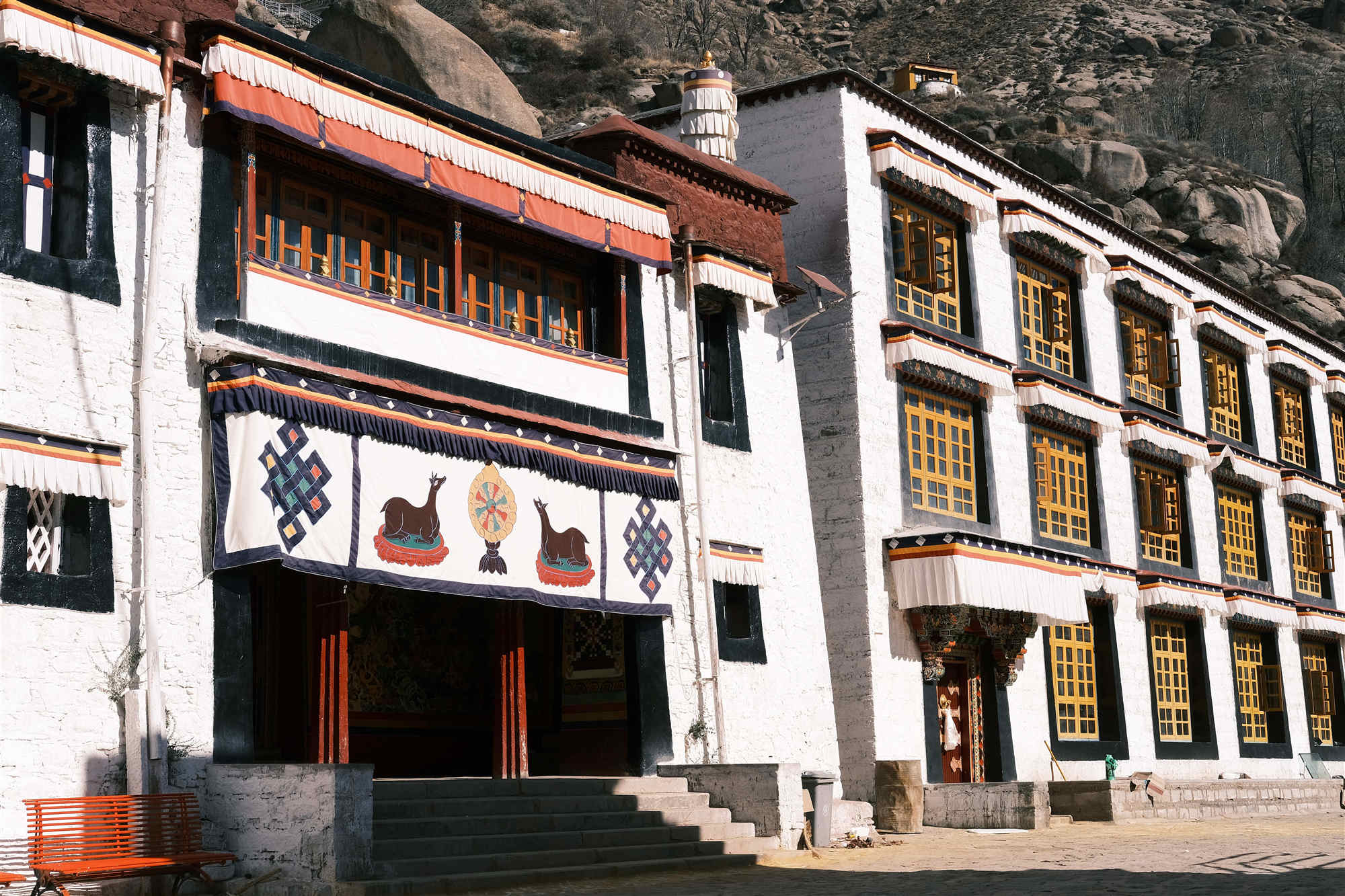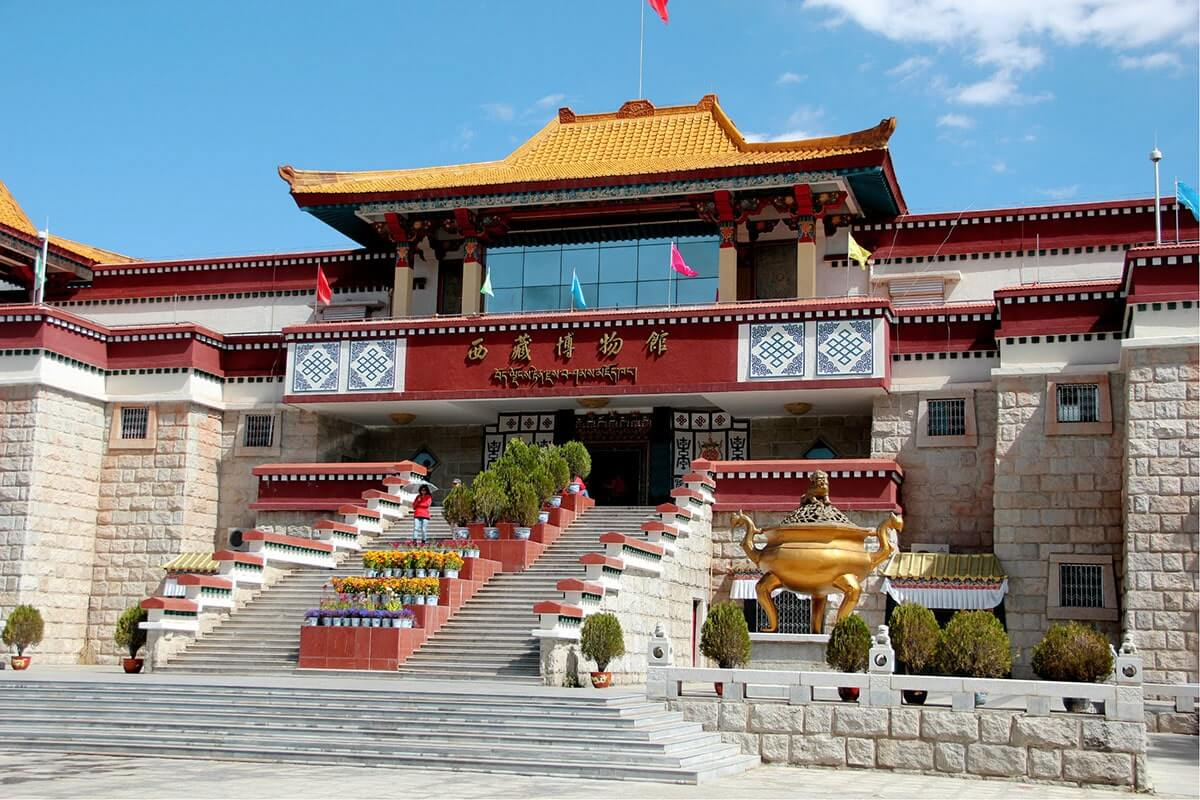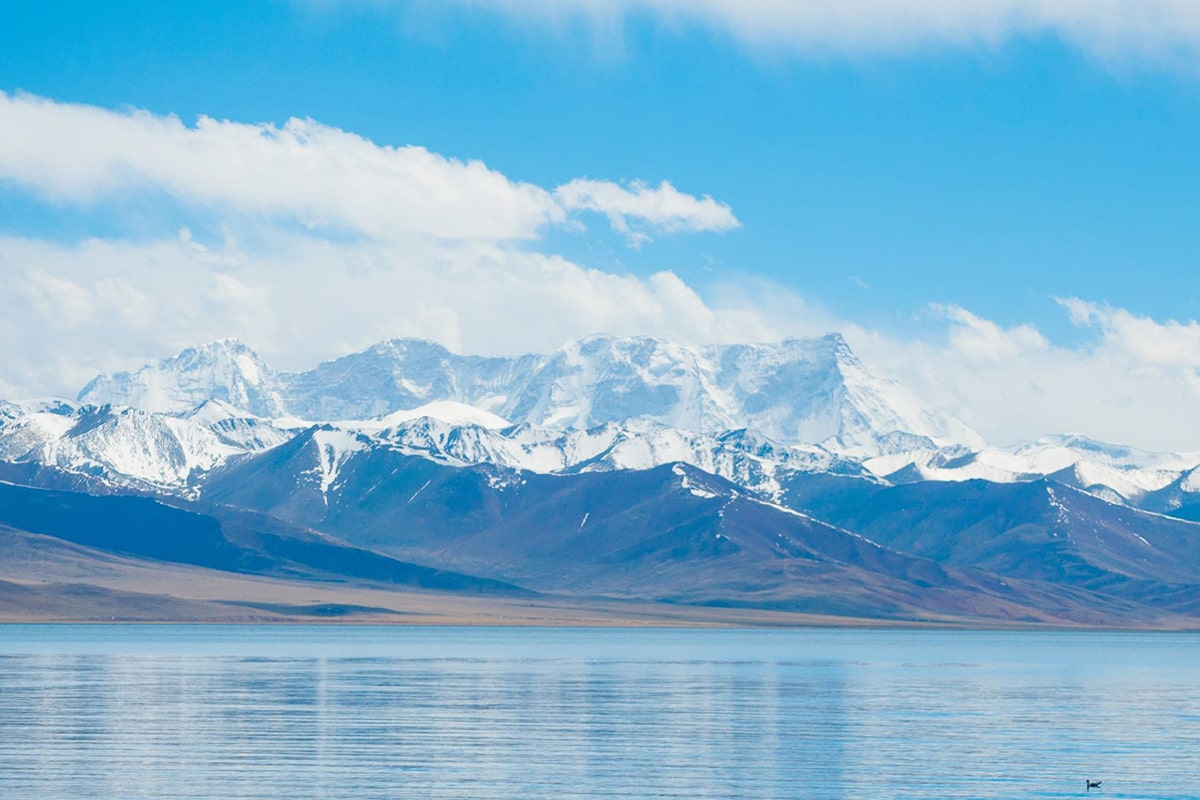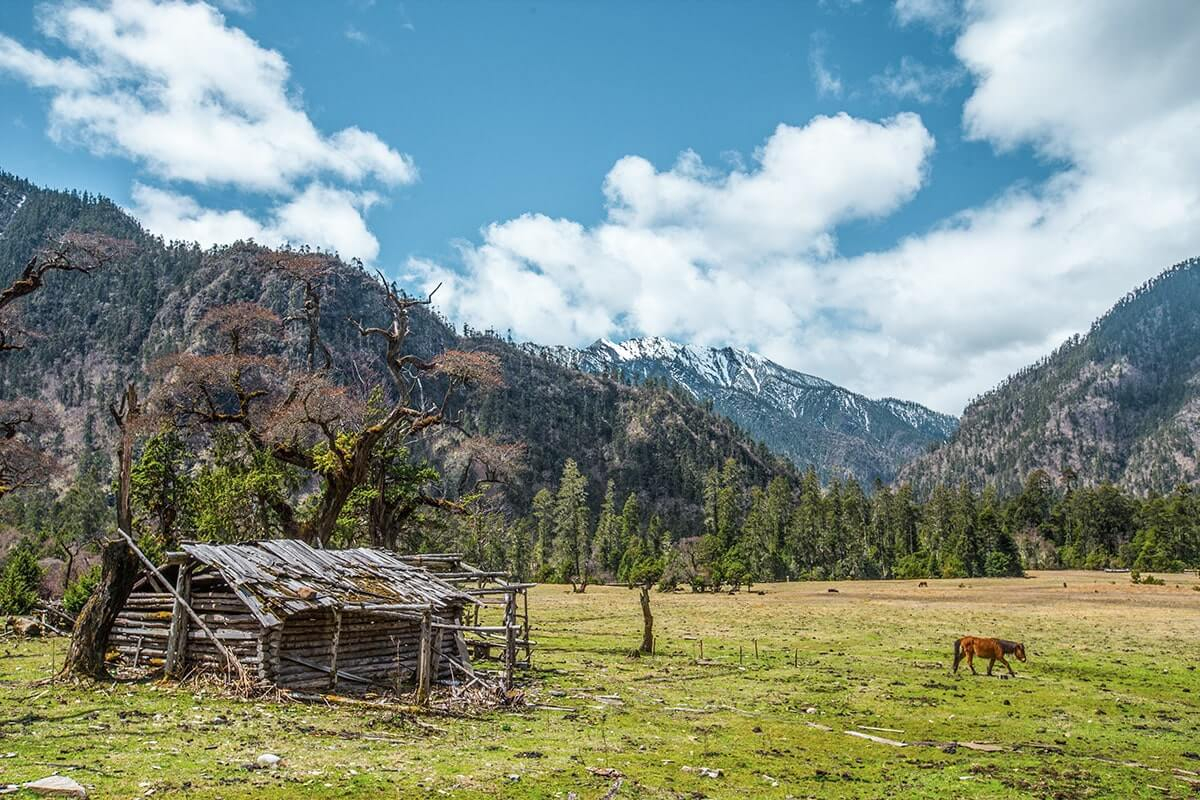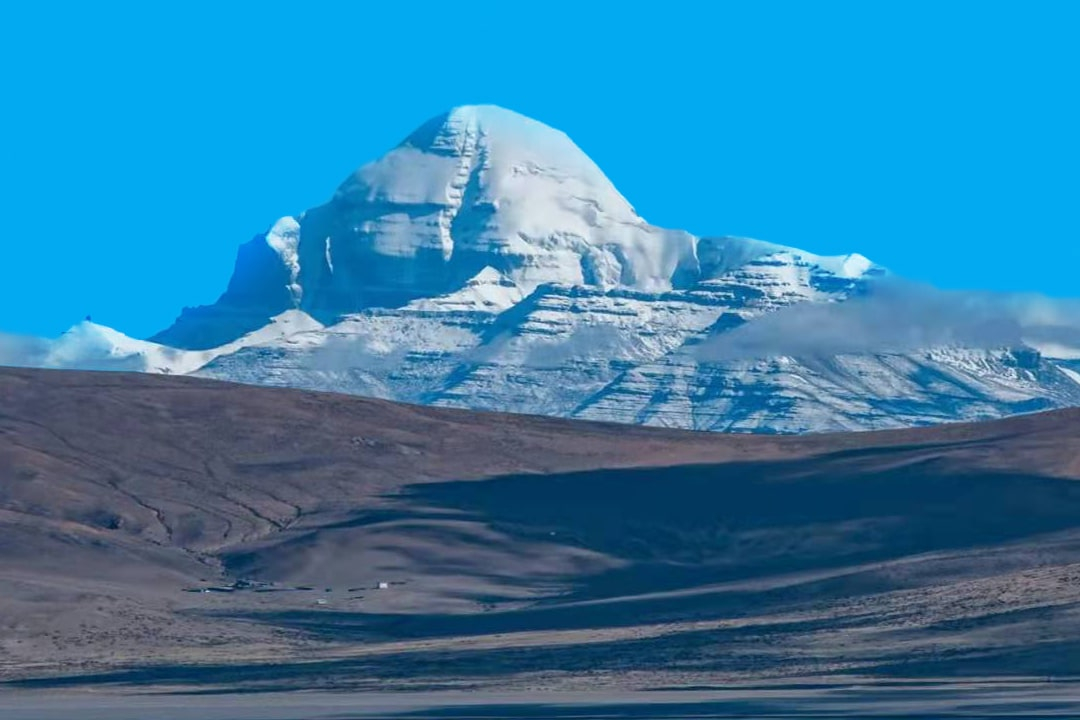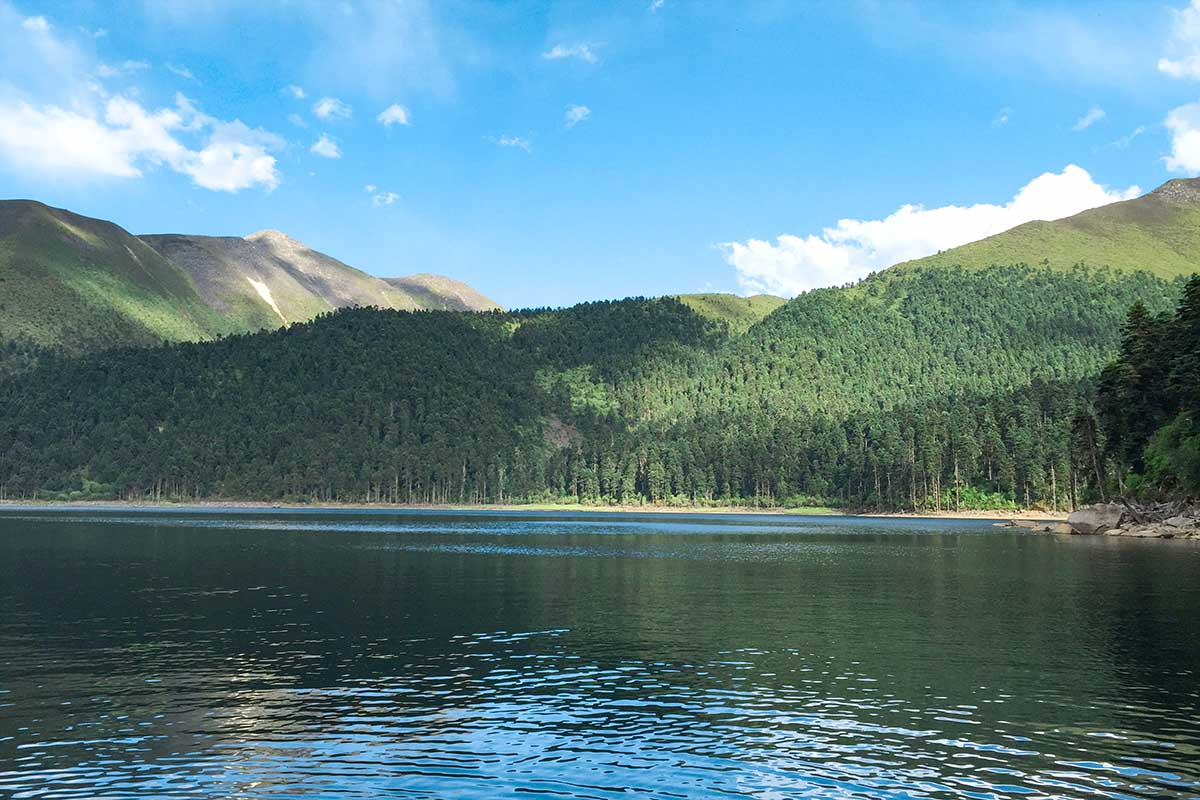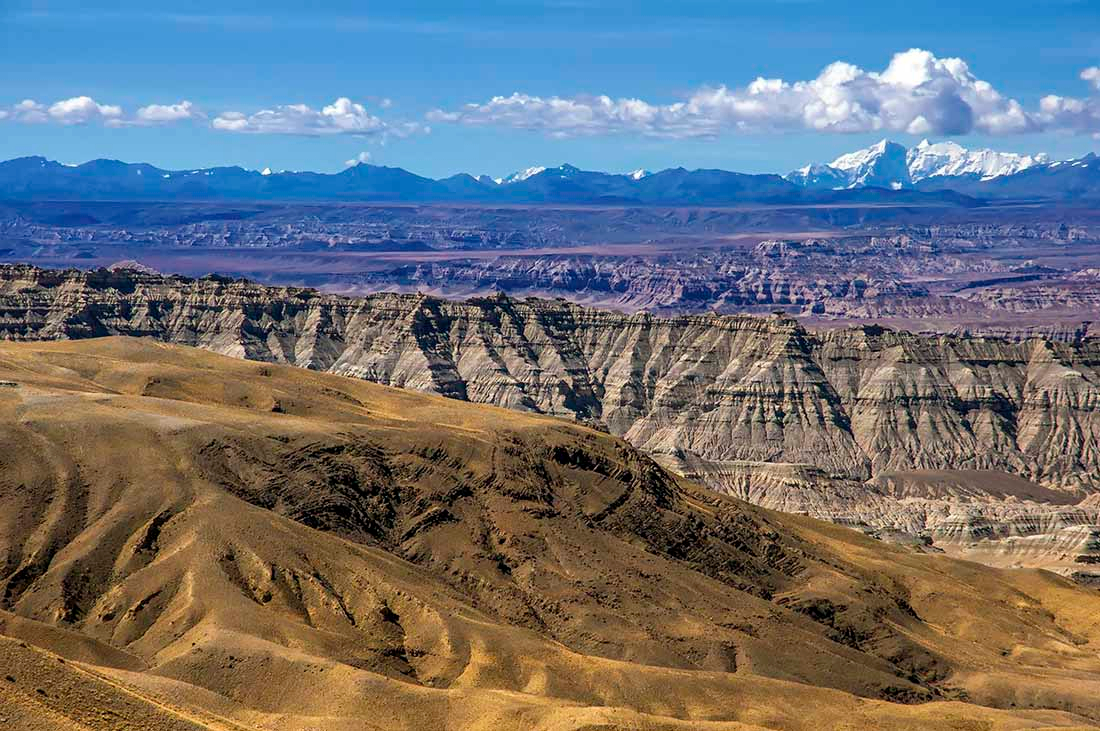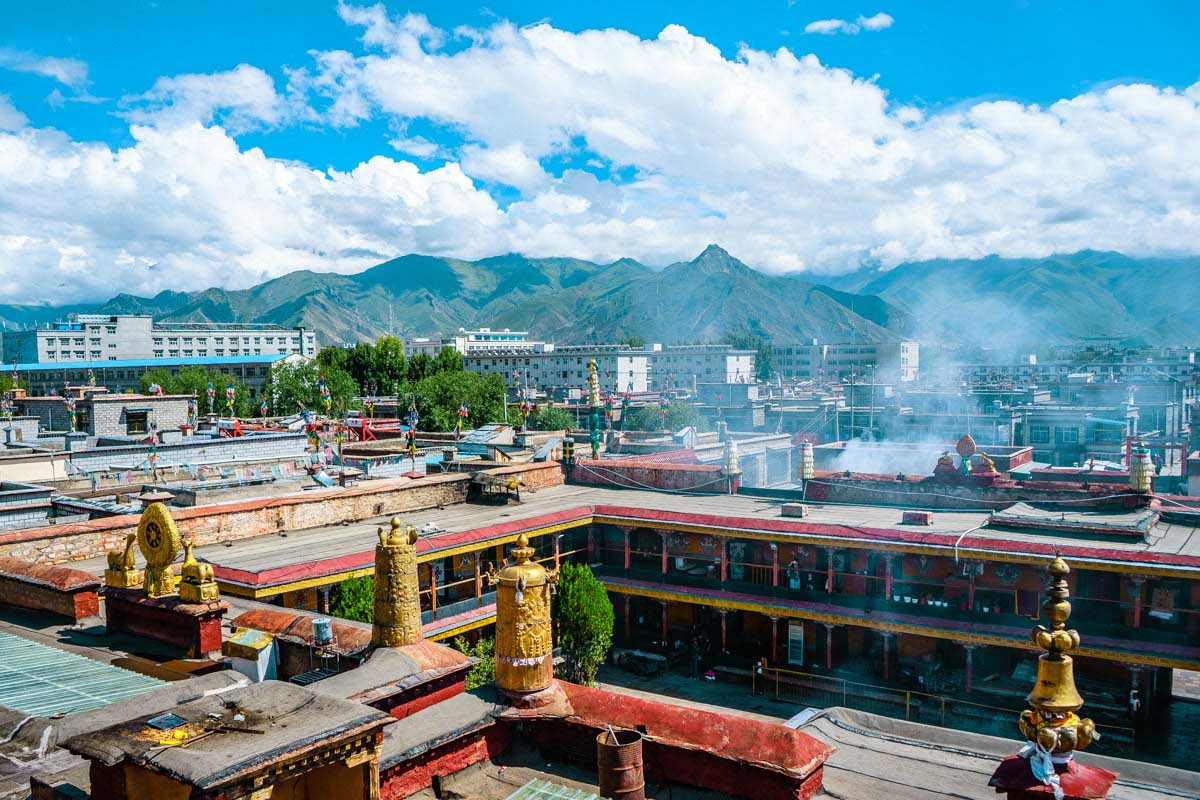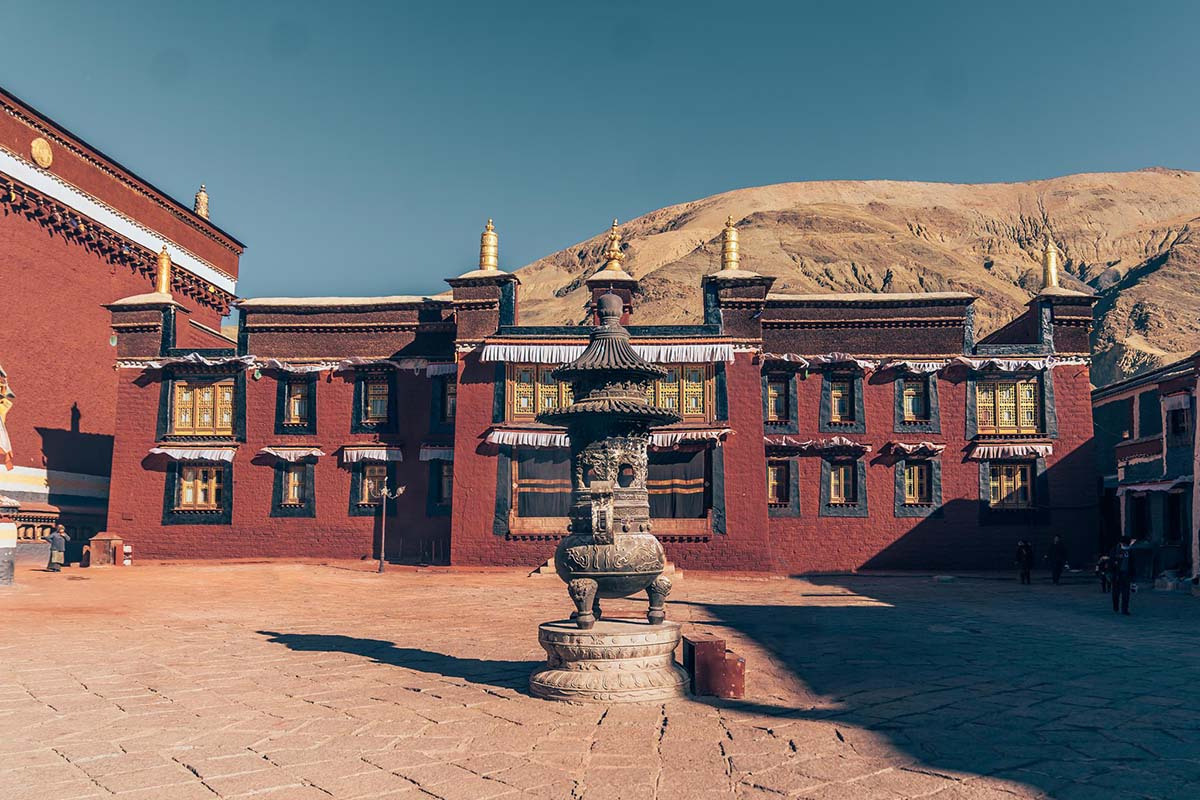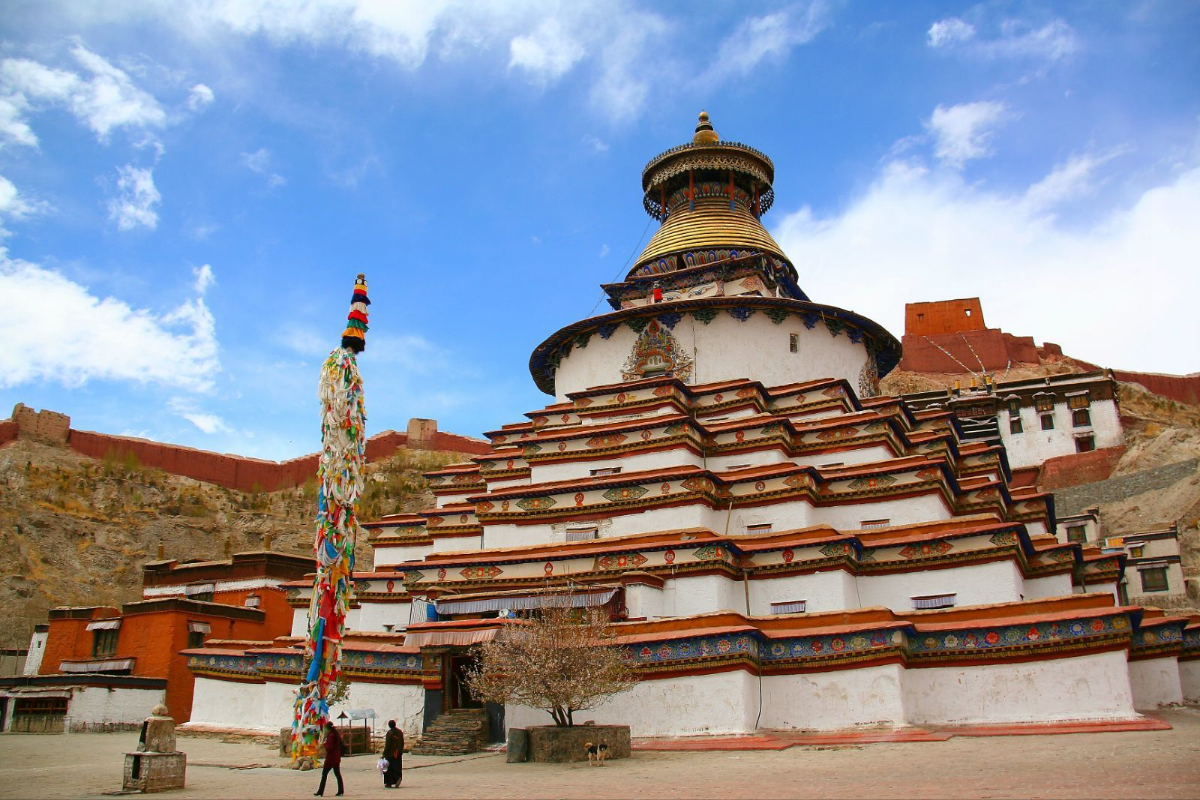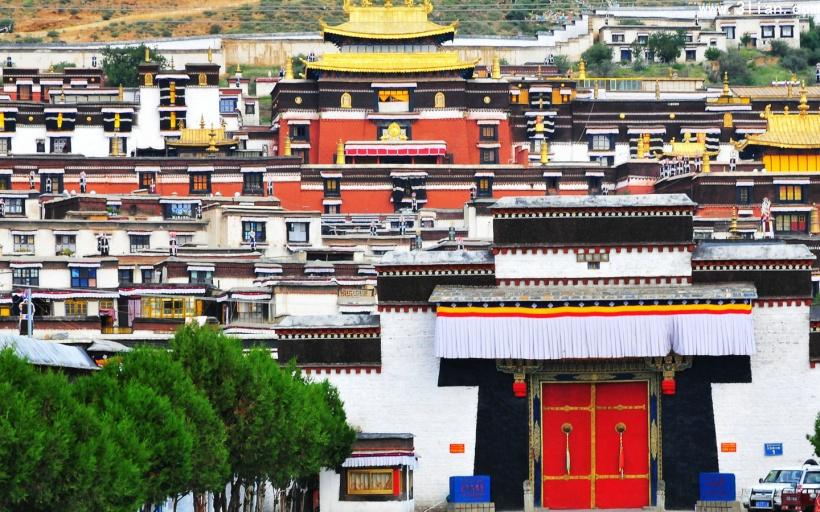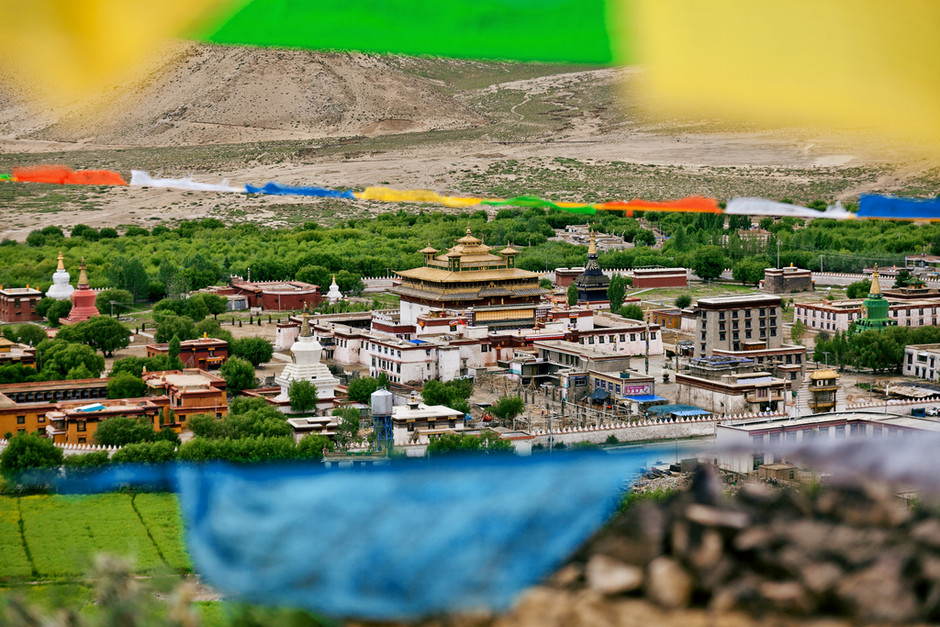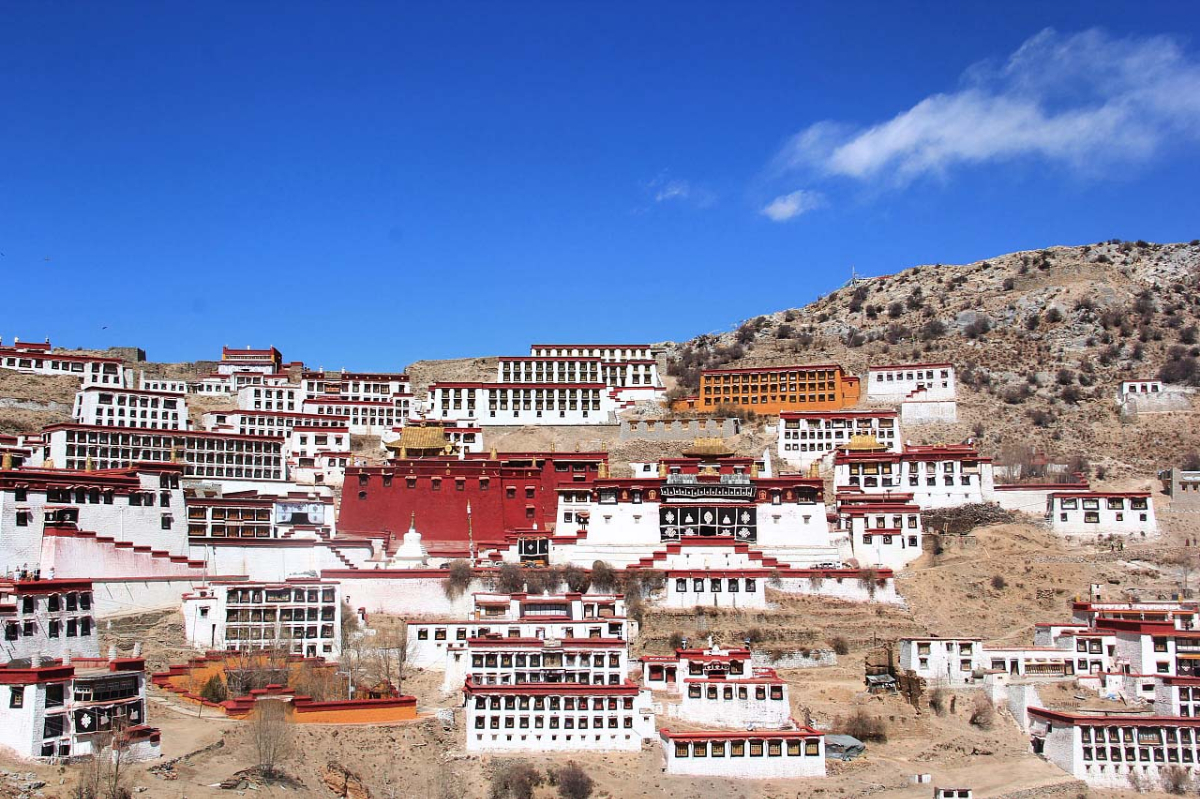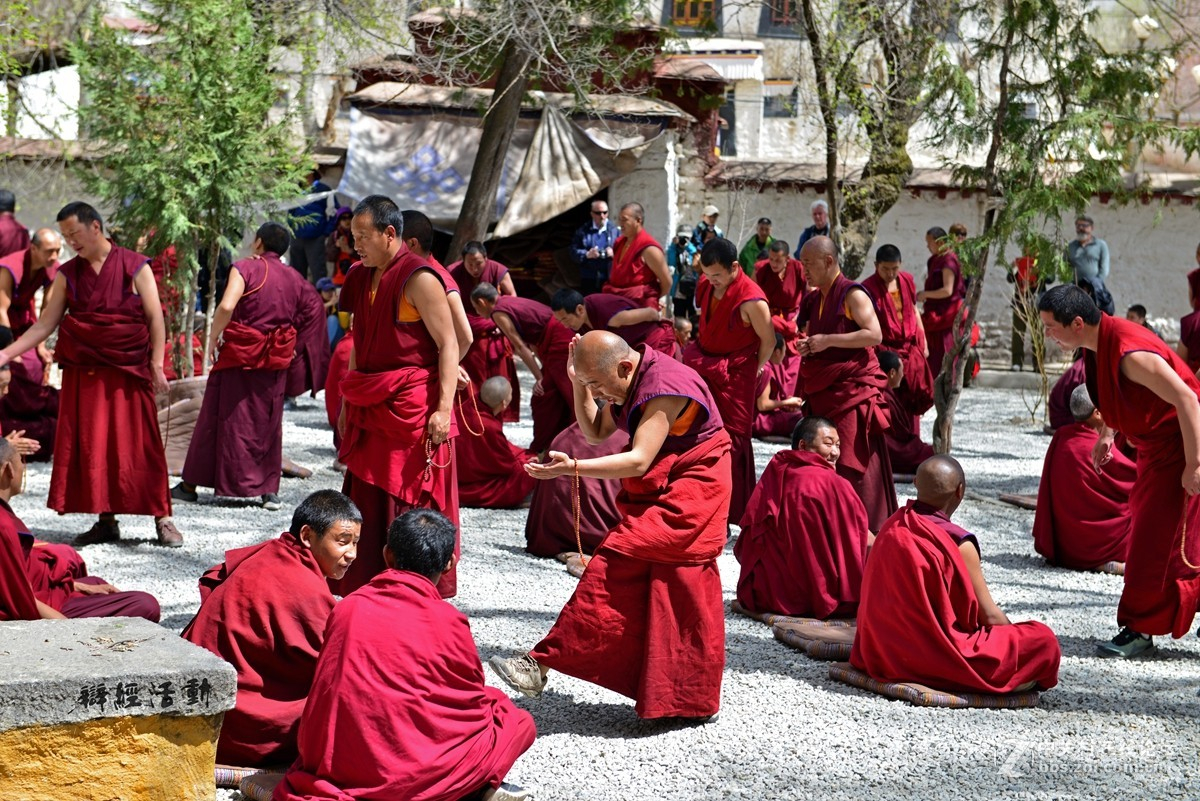Sera Monastery
Chinese name: 色拉寺 (Se La Si)
Location: No.1 Sela road, Chengguan district, Lhasa, Tibet.
Ticket: Entrance ticket CNY50.00
Estimated tour time: 2 hours
Recommended time to visit: Whole year
Nearby attractions: Potala Palace, Jokhang Monastery, Barkhor Street, Drepung Monaster, etc.
Located around five kilometers to the north of the Ramoche Temple and Potala Palace in Lhasa, on the outskirts of the city, Sera Monastery lies at the foot of the Serawoze Mountain, at an altitude of around 3,700 meters. Built in 1419, the monastery was the third of the Great Three university monasteries of the Gelug tradition to be built in Lhasa, the first two being Ganden and Drepung Monasteries.
Sera was once home to over 5000 monks but after the 1959 revolt and the departure of the Dalai Lama, Sera suffered great damage and a great number of monks fled to Mysore in India. Here they have been able to set up a parallel monastery with two colleges and a Great Assembly Hall similar to the original. The monastery today is home to about 10% of the original population.
The monastery is best known for the daily debates (not at the weekend) that take place in the debating courtyard between the resident monks. It is a ritual that is considered integral to the learning and understanding of Buddhist doctrine. Each point a monk makes is supplemented by strong gestures, such as claps, pushes and even screams – it is a unique sight to behold. The monastery itself is also well worth a look around, the hallways resplendent with scriptures, statues and murals.
● Debates among monks on the Buddhist doctrines
Debates among monks on the Buddhist doctrines are integral to the learning process in the colleges in the Sera Monastery complex. This facilitates better comprehension of the Buddhist philosophy to attain higher levels of study. This exemplary debating tradition supplemented with gestures is said to be exclusive to this monastery, among the several other monasteries of Lhasa. Visitors also attend to witness these debates that are held as per a set schedule, every day in the 'Debating Courtyard' of the monastery.
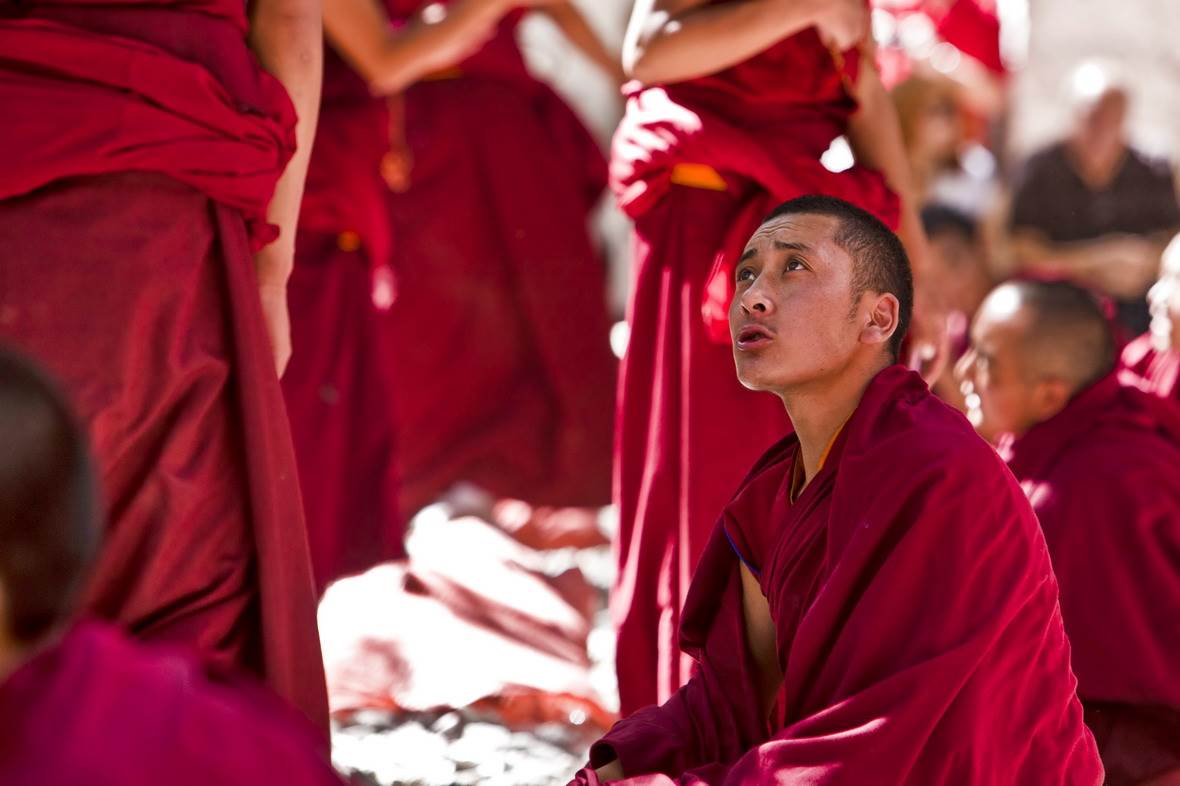
Procedures and rules
The debate among monks unfolds in the presence of their teachers, with a very well set rules of procedure for the defender and the questioners. The tradition of such debates is traced to the ancient ‘Hindu orthodoxy’ in India and this practice permeated into Buddhist orthodoxy in Tibet in the eighth century. Such debates usually take place within the monastery's precincts. The defender has the onus to prove his point of view on the subject proposed for debate. The debate opens with an invocation to Manjushri recited in a loud and high pitched tone. The roles of the debater and the questioner are well defined; the questioner has to succinctly present his case (all on Buddhism related topics) and the defender has to answer within a fixed time frame. The finality of the debate is with specific answers like: “I accept (do), the reason is not established (ta madrup) or there is no pervasion (Kyappa majung)”. Many a time, the questions mooted are meant to mislead the defender. If the defender does not reply within a time frame, an expression of derision is witnessed. In the Tibetan debating sessions, there is no role for a witness and there is normally no adjudicator. This leads to “conflicting opinions of participants and listeners.” When there is direct contradiction on the defenders part, the outcome is, however, formally decided.
Physical gestures
Debates are punctuated with vigorous gestures which enliven the ambience of the occasion. Each gesture has a meaning. The debater presents his case with subtlety, robed in a formal monk's attire. Some of the gestures (said to have symbolic value), made during the debates, generally subtle dramatic gestures are: clapping after each question; holding right hand and stretching left hand forward and striking the left palm with the right palm; clapping hands loudly to stress the power and decisiveness of the defender's arguments denoting his self-assurance; in case of wrong answer presented by the defender, the opponent gestures three circles with his hand around the defenders head followed by loud screaming to unnerve the defender; opponent's mistake is demonstrated by wrapping his upper robe around his waist; loud clapping and intense verbal exchange is common; and the approach is to trap the defender into a wrong line of argument. Each time a new question is asked, the teacher strikes his outstretched left palm with his right palm. When a question is answered correctly, it is acknowledged by the teacher bringing the back of his right hand to his left palm. When the defender wins the debate he makes an allegorical dig at the questioner by questioning his basic wisdom as a Buddhist.
● Sera Monastery Festival
Thangka Unveiling during Shoton Festival
The Shoton Festival is one of the most important festivals in the Tibetan Buddhist calendar, and is the time of the Sunning the Buddha ceremony at the Sera Monastery in Lhasa. Held every year in August, the Shoton Festival, or Yogurt Festival, is held to commemorate the end of the 100 days of fasting by the Buddhist monks, who spend the entire time locked away inside the monasteries praying and meditating, as a way to prevent harm to any living creature.
The festival dates back to the mid-17th century, when the monks were required to practice Buddhism only inside the monasteries, and when they finished, the locals would bring yak-milk curds for them to eat and as an offering to thank the monks for their devout sacrifices. Over the centuries, the curds turned into yogurt, and the festival became a major part of the Tibetan way of life.
During the festival at Sera Monastery, a huge Thangka painting is unveiled on the massive stand behind the monastery. Attended by thousands of devout Tibetans, as well as people from mainland China and all over the world, this unveiling is known a “Sunning the Buddha”, and the thangka portrays a huge image of the Jampa or future Buddha.
Bengqin Festival
The monastery hosts an impressive festival, popularly known as the ‘Sera Bengqin Festival’, which is largely attended by monks and devotees. The festival is held some time in February as per the Gregorian calendar corresponding to specific date fixed by the monastery according to the Tibetan calendar. On the festival day, a Dorje Pestle is ceremoniously taken to the Potala Palace. The Dalai Lama offers prayers to the Buddha to bestow strength and blesses the Pestle. Thereafter, the pestle is briefly placed on the heads of the monks and disciples by the Khenpo (president) of the Ngaba Zhacang.
Another popular festival witnessed by visitors and locals is the Sho Dun Festival held in the month of August in the Gregorian calendar. The festival represents the symbolic Buddha-Unfolding, where worship of the Buddha is the essential part.
- HOTEST
- RECOMMEND
